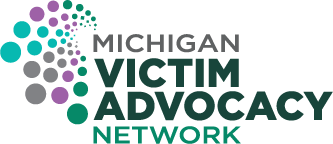What do domestic violence programs need to know in order to welcome and support male-identified and people of all genders? Getting real about patriarchy & power (Part 1)
May 2021
By Edric Figueroa and Amarinthia Torres
“Historically, domestic violence programs were born from the women’s liberation movement of the 1970’s to address the needs of female survivors. Overtime, it has come to be understood that anyone can be a victim of domestic violence regardless of race, ethnicity, class, sexual orientation, or gender identity. Both research and practice-based evidence underscore the need to improve services for male victims of domestic violence (Stiles, Ortiz & Keene, 2017).
“The men had their own complicated stories of abuse.” – Julia Perrilla
Identifying why male survivors of intimate partner violence (IPV) do not reach out for support has become a popular research topic across the field. Studies have found that men fear that their masculinity would be perceived as diminished if they access survivor services. This research also states that many men feel that traditional domestic violence (DV) services were not set up for their needs. However, these help-seeking barriers are not unique to male survivors.”
